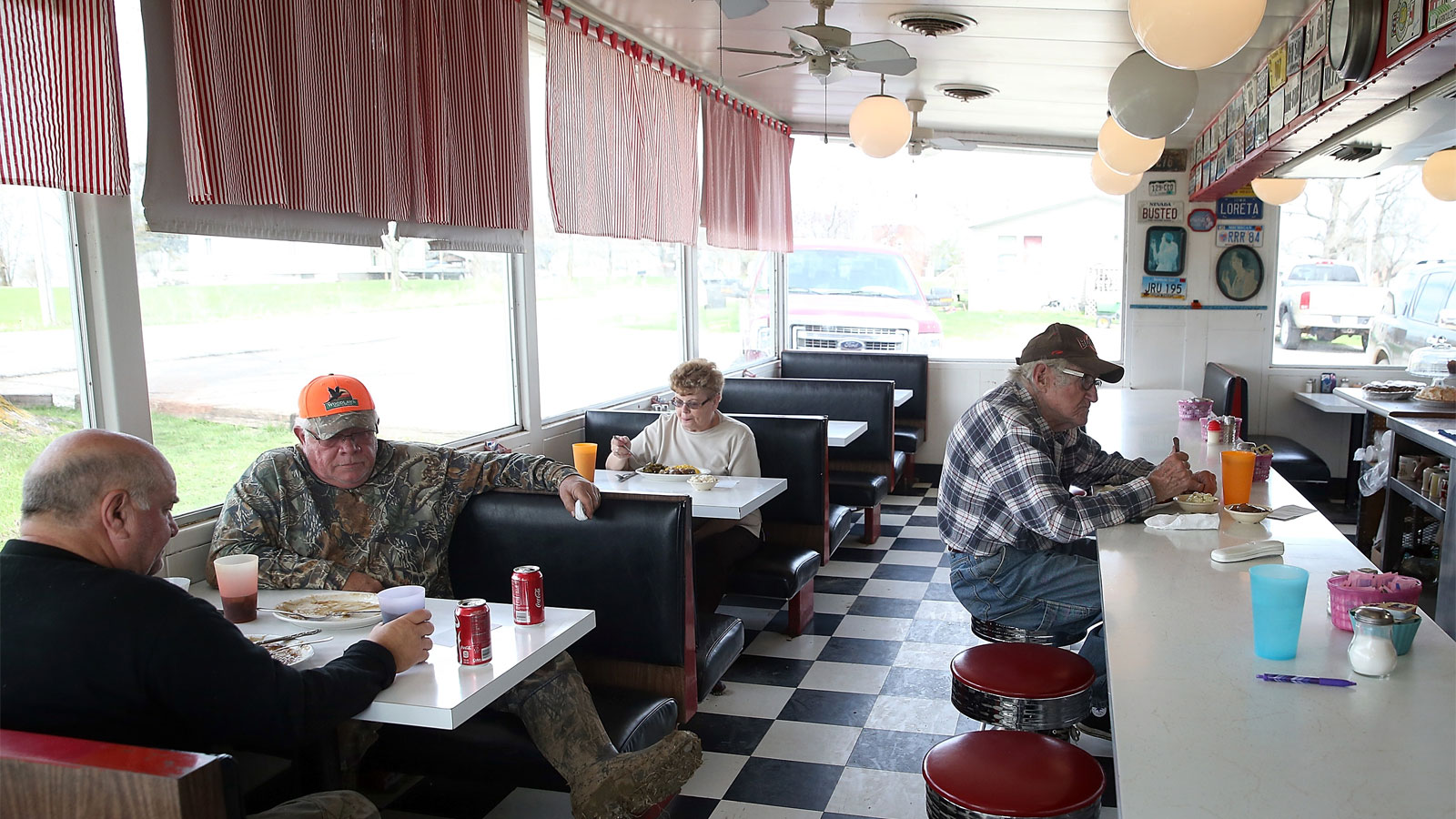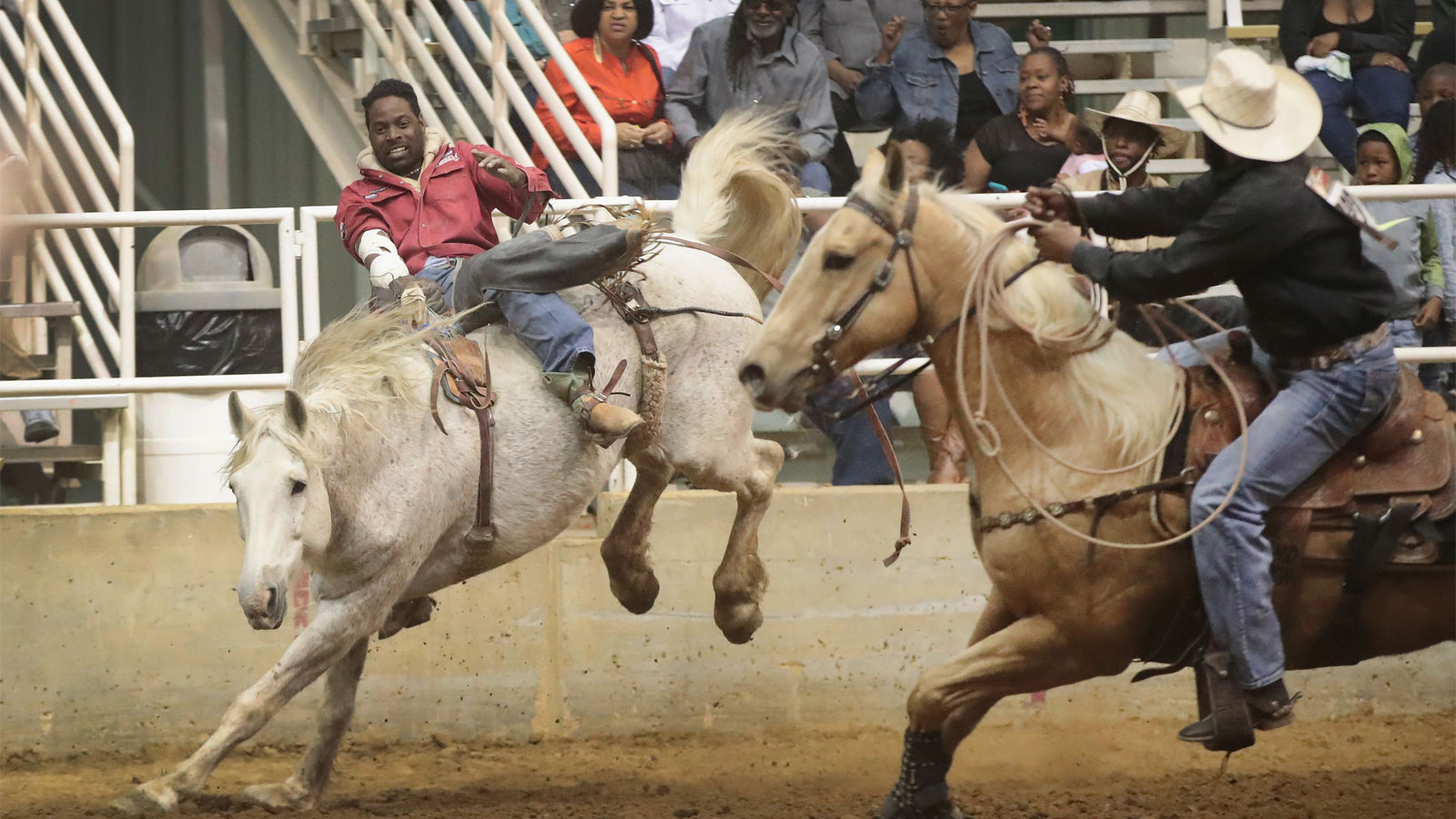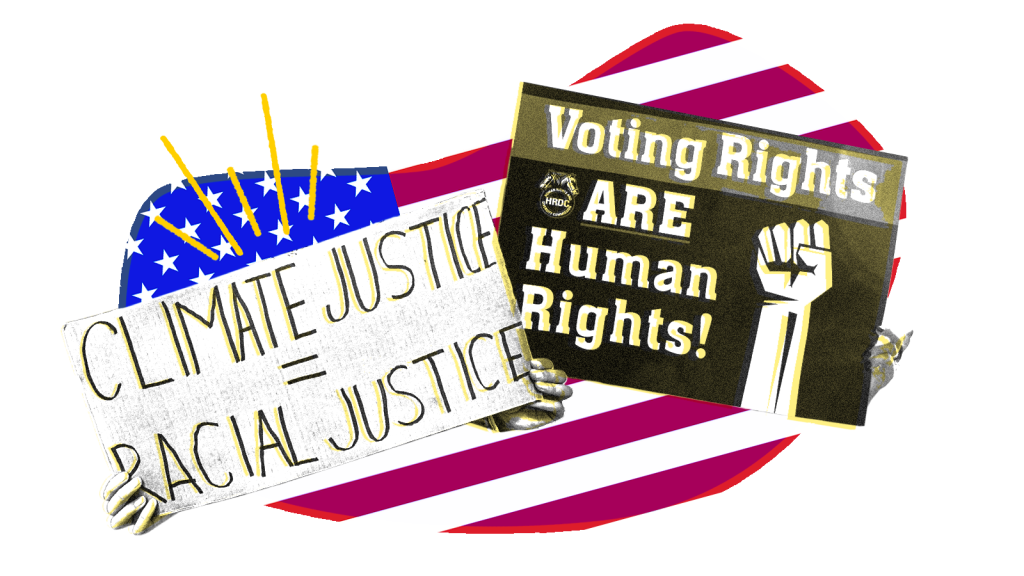I like small towns. I grew up in the Hudson Valley of New York state, just beyond the reach of the commuter trains to Manhattan; spent 15 years in rural Colorado, living in a town with no traffic lights and a population well under 2,000; then moved to a similarly tiny town in southwestern Washington state, where I live today. I could, in theory, settle anywhere with reliable internet service and a reasonable cost of living, and sometimes I wonder why I continue to choose places that by any conventional measure are both inconvenient and unhip.
I’m drawn to the big landscapes that surround them, but most of all, I think, I value my membership in these cranky, intimate communities. I like that my neighbors come from many different walks of life, and that they regularly (and sometimes uncomfortably) puncture my assumptions about their experiences and interests and political leanings — just as I puncture theirs. I like that I know the librarians by name, and that they know when I have books overdue.
Since the 2016 election, the national media has frequently used the term “rural Americans” as shorthand for middle-aged, white Trump supporters. The conflation obscures the fact that about one out of five rural Americans identify as Black, Latino, or Indigenous, and that immigrants are responsible for much of the recent population growth in rural areas. An estimated 15 to 20 percent of LGBTQ Americans live in rural places, and rural youth are now just as likely to identify as LGBTQ as their urban peers.
Rural Americans are also politically diverse; while it’s accurate to say that I live in a deep-red county, it’s also accurate to say that I live in a powder-blue town surrounded by precincts that range from pale pink to brick red. And though both rural and urban Americans are more politically polarized than they used to be, the politics of rural voters don’t always fit neatly into partisan categories. Many rural people are deeply skeptical of both parties. Others are suspicious of government regulations, but also critical of the environmental damage done by unregulated industry. (The decline of local news, which is most acute in rural places, means that nuanced reporting on rural issues is scarce, and that media stereotypes often go unchallenged.)
In my experience, there’s only one characteristic that essentially all rural people share: We hate being told what to do, whether by a neighbor who doesn’t like our political yard signs or a state wildlife official charged with enforcing new hunting regulations. When it comes to addressing climate change, this reflexive independence can pose a stubborn obstacle, but it also holds opportunity — renewable energy, for instance, can appeal to those who prize autonomy. Turning opportunity into progress, though, requires a willingness to see rural people clearly.
Rural Americans value the protection of their air, water, and soil as much — or even more — than their urban counterparts, but boy do they use different words for it. While progressive urban activists might consider “conservation” and “environmental” to be more or less interchangeable, for instance, many rural people may cautiously accept the former but reject the latter, assuming that those who call themselves conservationists will be less confrontational and friendlier to hunting, fishing, and farming. (That said, plenty of people worldwide are wary of the term “conservation,” too, given the movement’s history of violating the land claims of Indigenous and other rural people.)
“‘Environmentalism’ is seen as intrusive, top down, and driven by people who don’t make their living from the land,” says Virginia farmer and rural economic development consultant Anthony Flaccavento. “Anyone who has the term in the name of their organization is going to have a hell of a time, even if they’re trying to come down on the side of farmers and fishermen.”
Farmers who support sustainable agricultural practices may nonetheless react to terms like “regenerative agriculture,” offended by the implication that other forms of agriculture are somehow non-regenerative. Campaigns against the environmental and economic sins of “Big Ag,” however warranted and well-documented, are similarly unlikely to sit well with farmers who are forced, however unwillingly, to depend on Big Ag for a living.

“Climate change” is another loaded term, given that many rural people associate climate fixes with government regulation. As Kate Yoder reported for Grist recently, urban climate activists may make more headway with potential rural allies by talking about the need to mitigate and adapt to floods, fires, and heatwaves — independent of their root causes.
Like almost all urban-rural misunderstandings, these and other language barriers result from both real grievances and deliberately inflated resentments. But by avoiding hyper-polarized words and phrases, climate activists can start a conversation that would otherwise be shut down.
Over the past 40-plus years, U.S. economic policies have widened the gaps between rich and poor, Black and white, and rural and urban. Farmers and farmworkers have been hit hard by corporate consolidation, losing land and livelihoods to international agricultural conglomerates; many of the manufacturers that employed generations of rural families have moved overseas. Recent history has compounded these troubles, as rural employment rates have never recovered from the Great Recession, and rural economies have been disproportionately affected by the pandemic.
The cost of rural living is rising, too: In my small town, for instance, telecommuters with far deeper pockets than I have are driving up real estate prices, and trailer parks are being replaced with second homes. These and other genuine economic disparities aren’t just practical problems; they’re often emotionally agonizing, and in recent years they’ve increased the risk of farmers and farmworkers dying by suicide. They’ve also created a rural audience receptive to divisive messages, with some eager to blame their troubles on city people, Democrats, government workers, and — in the case of some white rural residents — people of color. (The sheriff in my county recently attracted national attention, and not a little local support, by threatening to arrest any public employees, from schoolteachers to county commissioners, who tried to enforce COVID-related health regulations.)
Meanwhile, the real causes of rural suffering, such as inadequate healthcare, chronically underfunded schools and the persistent technology gap, are rarely prioritized by either party — fueling yet more toxic resentment. The result, says Flaccavento, is that “many rural people, especially white folks, may simultaneously have a greatly exaggerated sense of grievance and real and long-standing grievances that have not been addressed.”

Bridging the rural-urban divide is rarely easy. Rural resentment of city dwellers is pervasive and sometimes poisonous. Rural places can be hard to get to, and can take years to get to know. At the same time, rural places are often heartbreakingly gorgeous and surprisingly diverse, and they’re almost guaranteed to upend whatever expectations you might bring to them. By taking the time to understand rural issues, and by seeking climate solutions that restore livelihoods as well as landscapes, the climate movement can broaden its reach and increase its power. Which looks more and more like a matter of survival, no matter where you happen to live.
Some of the most promising solutions to the climate crisis lie in the rural places I call home. The conservation of Indigenous lands and privately owned rural landscapes is central to the Biden administration’s America The Beautiful plan, an ambitious initiative designed to benefit the climate as well as biodiversity. Much of our wind and solar energy production — existing and potential — is located in rural areas, as are our best remaining opportunities to sequester carbon in forests and grasslands.
Yet surveys of rural Americans find that most of us are wary of concerted climate action. We value clean water, wildlife, and parks as much as urban dwellers, and we’re at least as well-informed about environmental policy. We’re also facing some of the worst effects of climate change, from megafires to storm surges to landslides to drought-induced crop failures. But in our experience, environmental regulations tend to burden the wrong people. Government policies designed to stablize the climate, many of us worry, will mean more of the same.
When nurtured by the right-wing media ecosystem, these concerns too often blossom into paranoia. But understanding their legitimate roots is key to building rural support for climate action, and that’s politically essential, especially given that the Founding Fathers gave rural people an outsized voice in the U.S. Senate.
To be clear, I’m not suggesting that anyone indulge the lies and conspiracy theories so common in what passes for political discourse today. I firmly believe that seeing rural people as the complex human beings we are is a form of resistance — resistance to the disinformation, and the climate disruption, that threatens us all.



